Continuous Improvement and Innovation Report for Business Management
VerifiedAdded on 2023/06/03
|8
|1934
|242
Report
AI Summary
This report delves into the core principles of continuous improvement and innovation, covering essential methodologies and theoretical frameworks. It begins by outlining two key methods for cost-benefit analysis: the payback period and return-on-investment analysis. The report then explores creativity theories, including Graham Wallas' five-stage model and the Parnes & Osborn theory, and their practical applications within the workplace. It further examines the diffusion of innovation theory and its utility for managers. The concept of a learning organization is defined, along with its five key characteristics, followed by an explanation of shared vision and team learning as critical organizational learning principles. The report also analyzes quality management and continuous improvement theories, and discusses the implications of Kotter's 8-Step change model for transformational change. It explains the purpose of ISO 9000 standards and the concept of risk management according to AS/NZS ISO 31000:2009, including factors that affect its success. Finally, it identifies sustainability practices common in Australian workplaces and the seven steps in the risk management process. The report offers a comprehensive overview of the key components of continuous improvement and innovation, providing valuable insights for business management.
1 out of 8
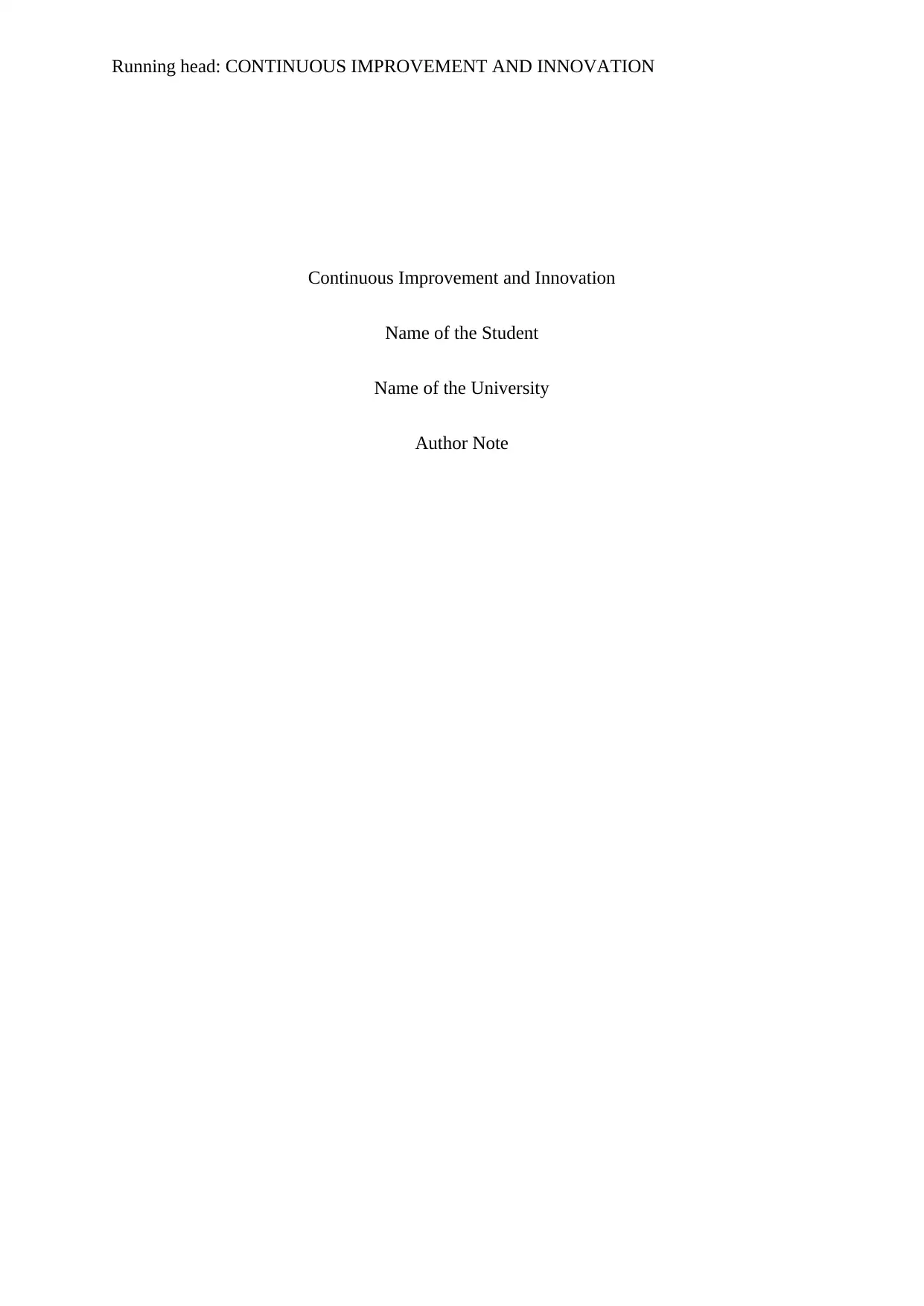
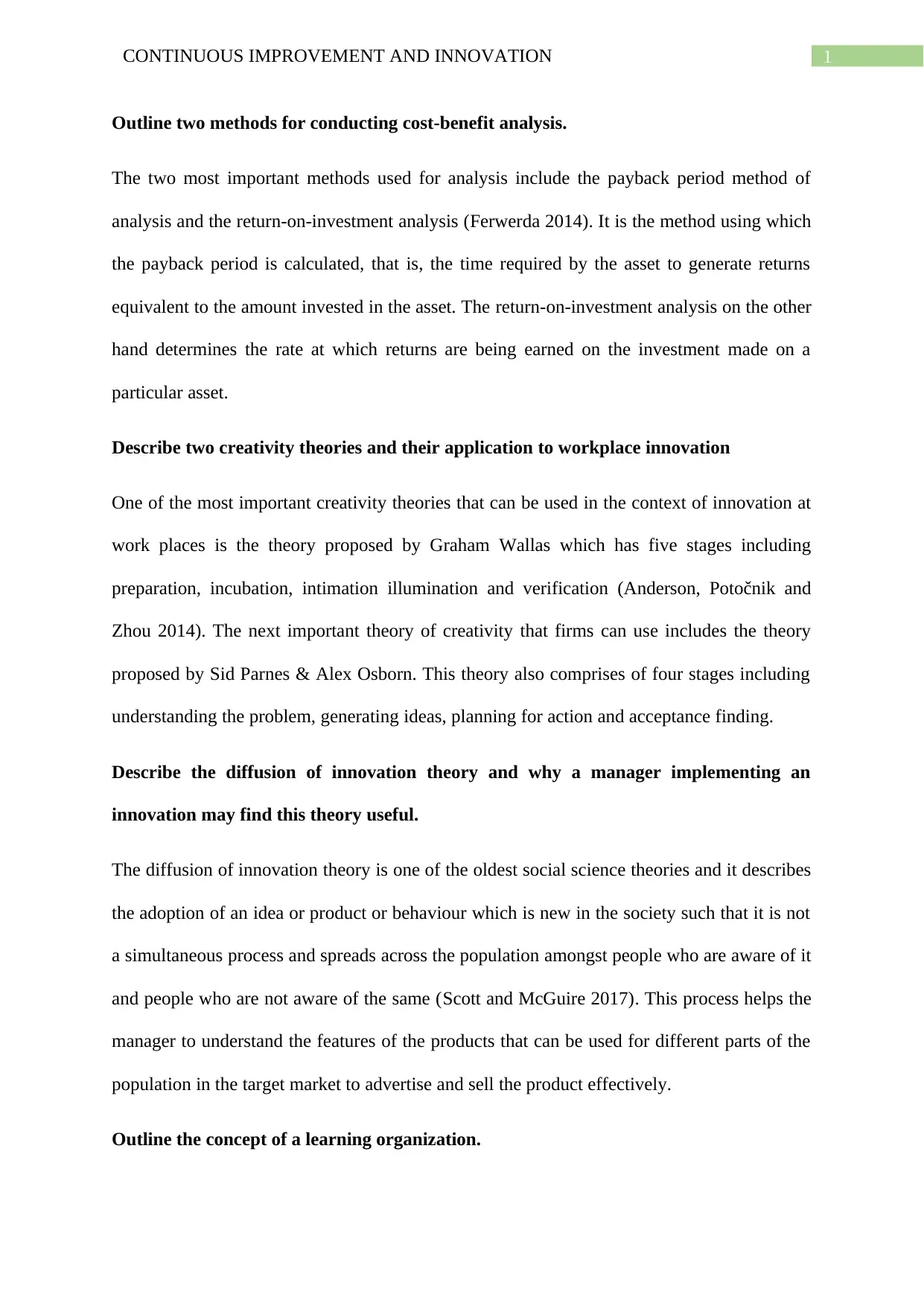
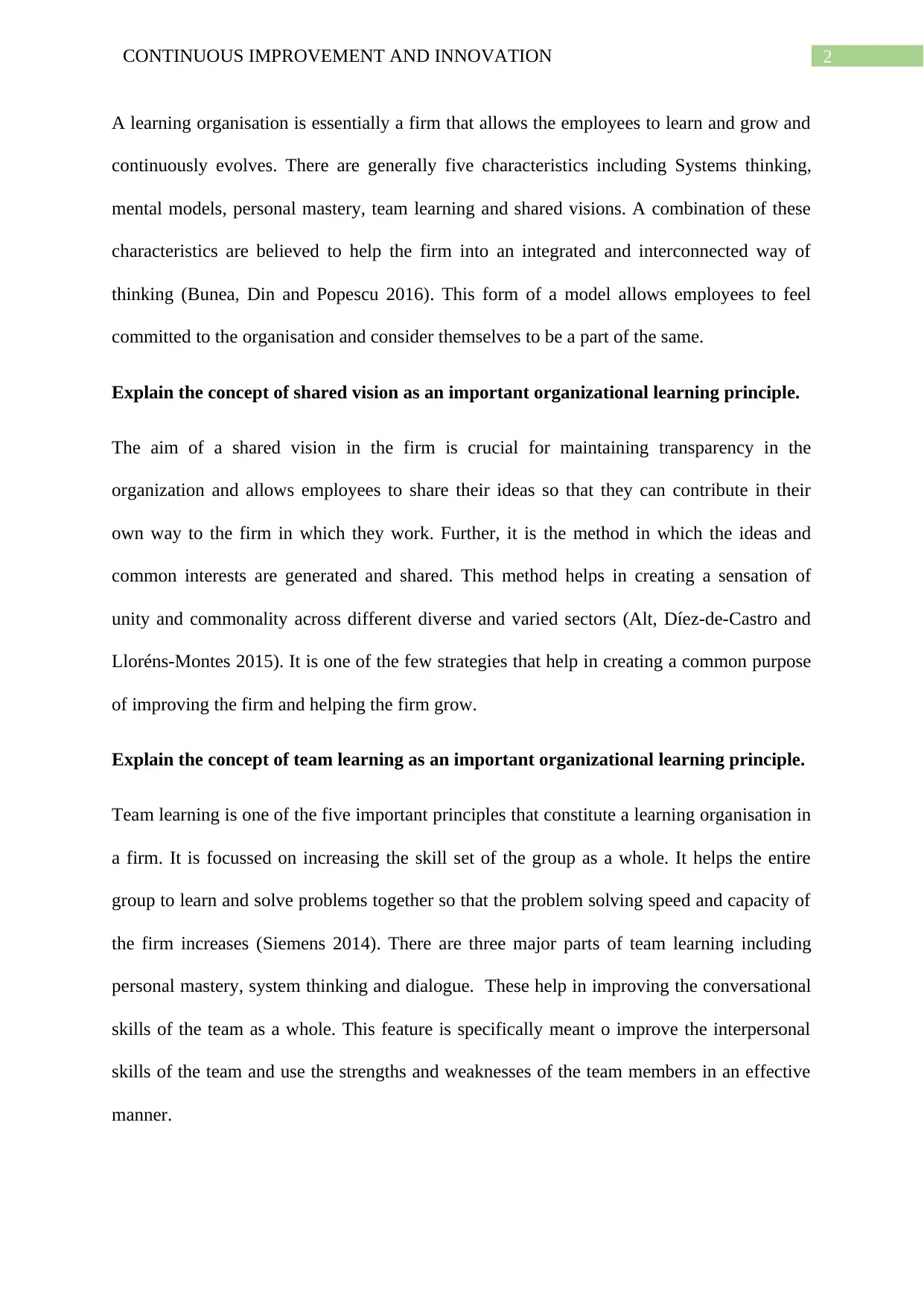
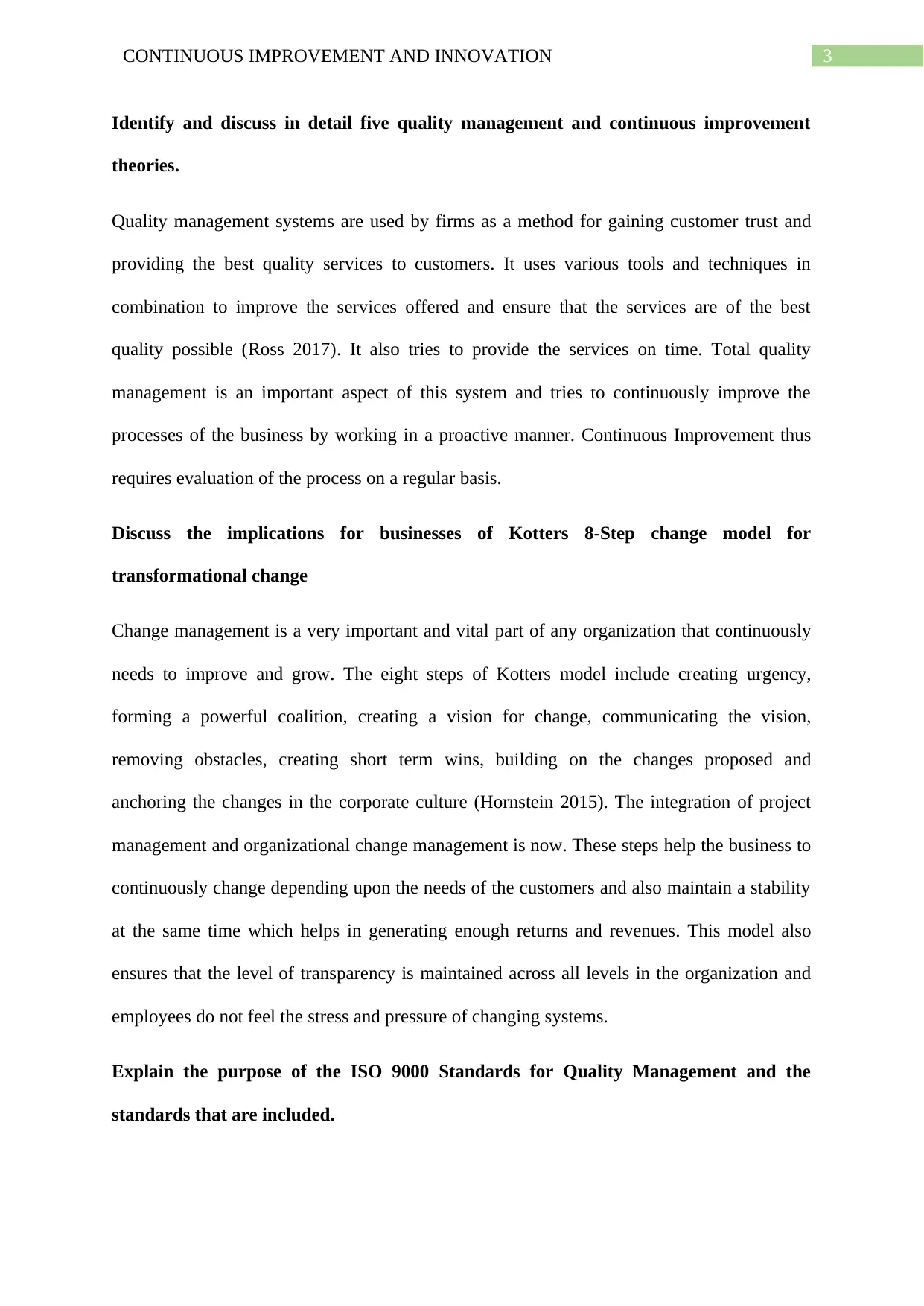
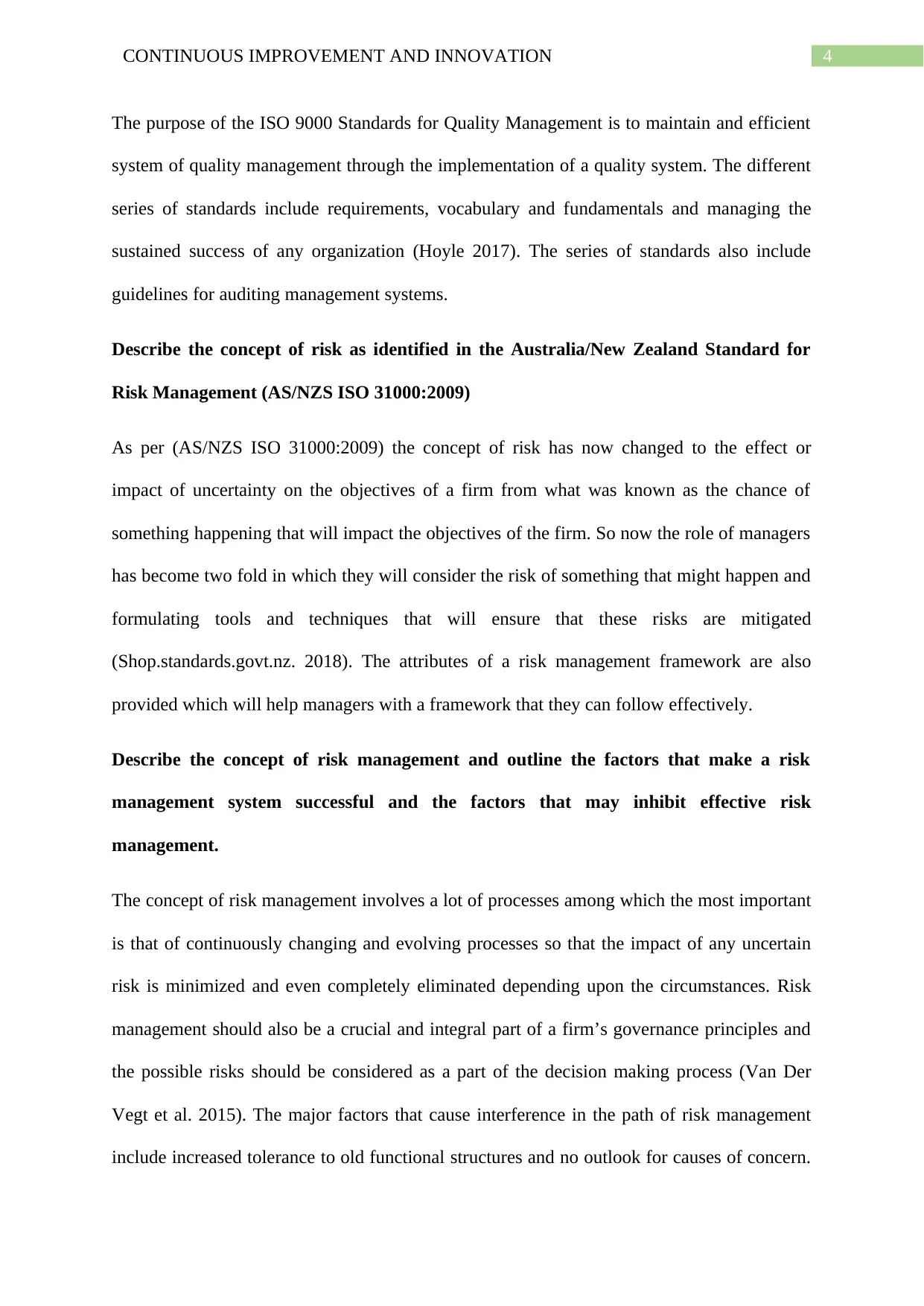
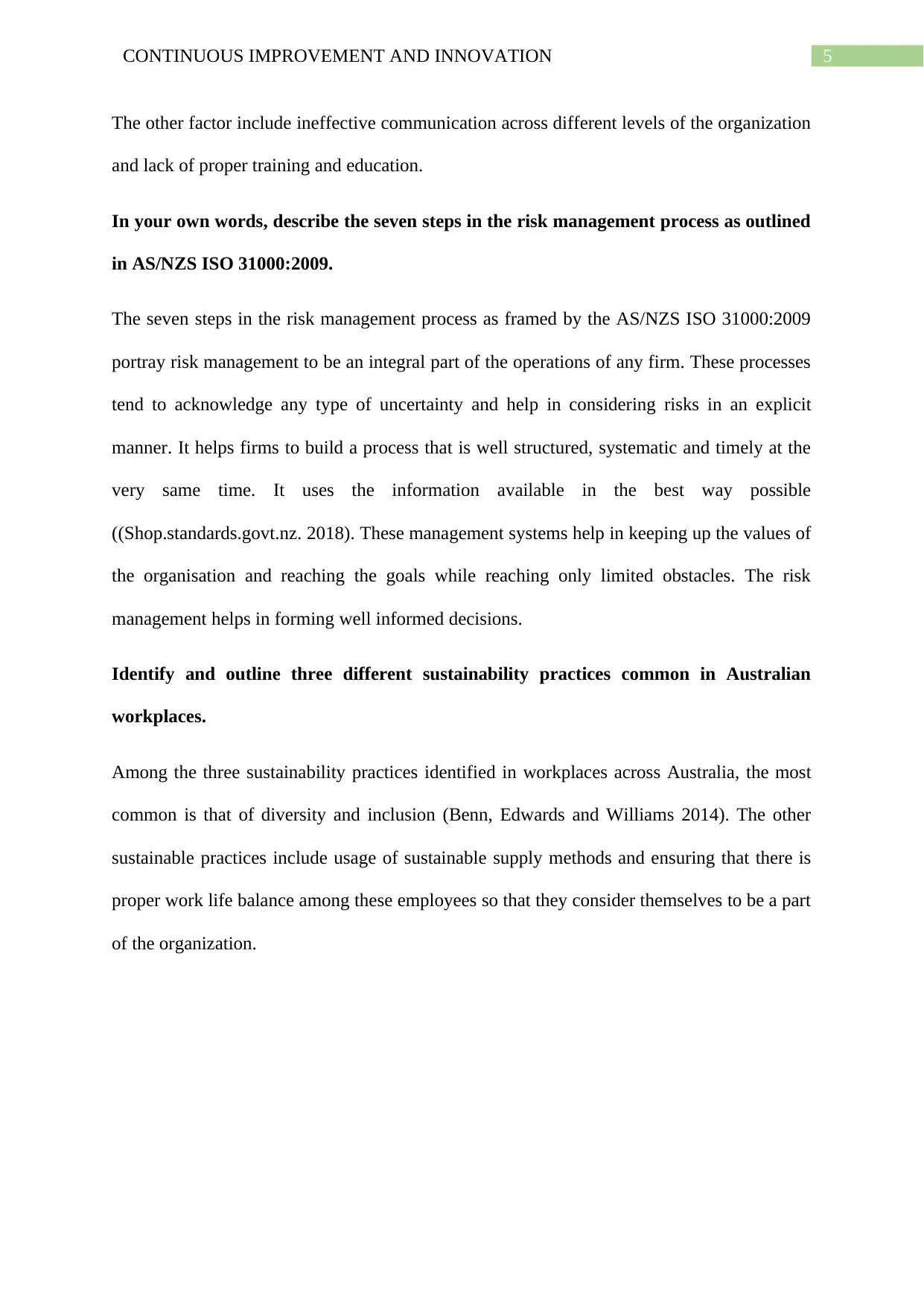
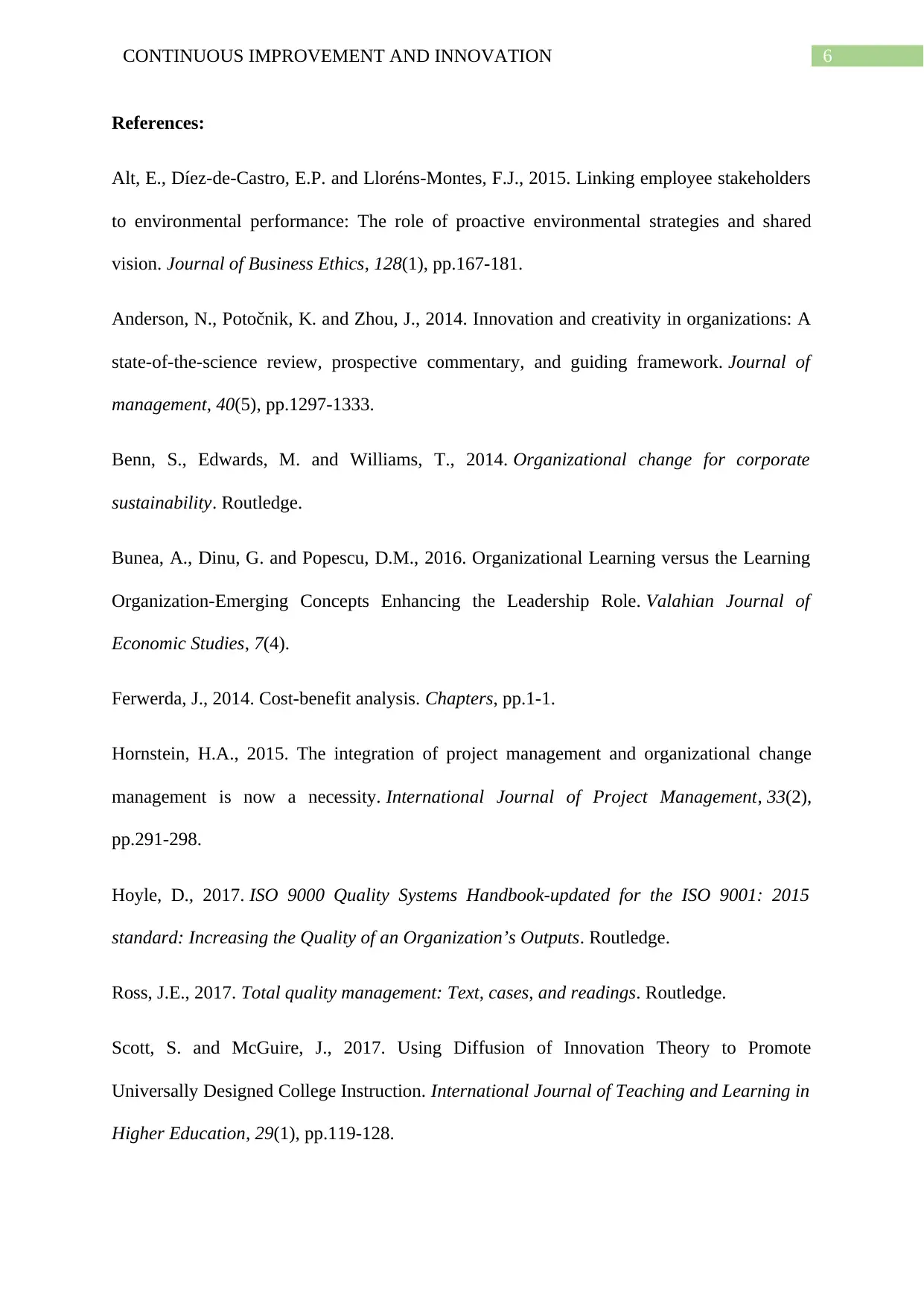
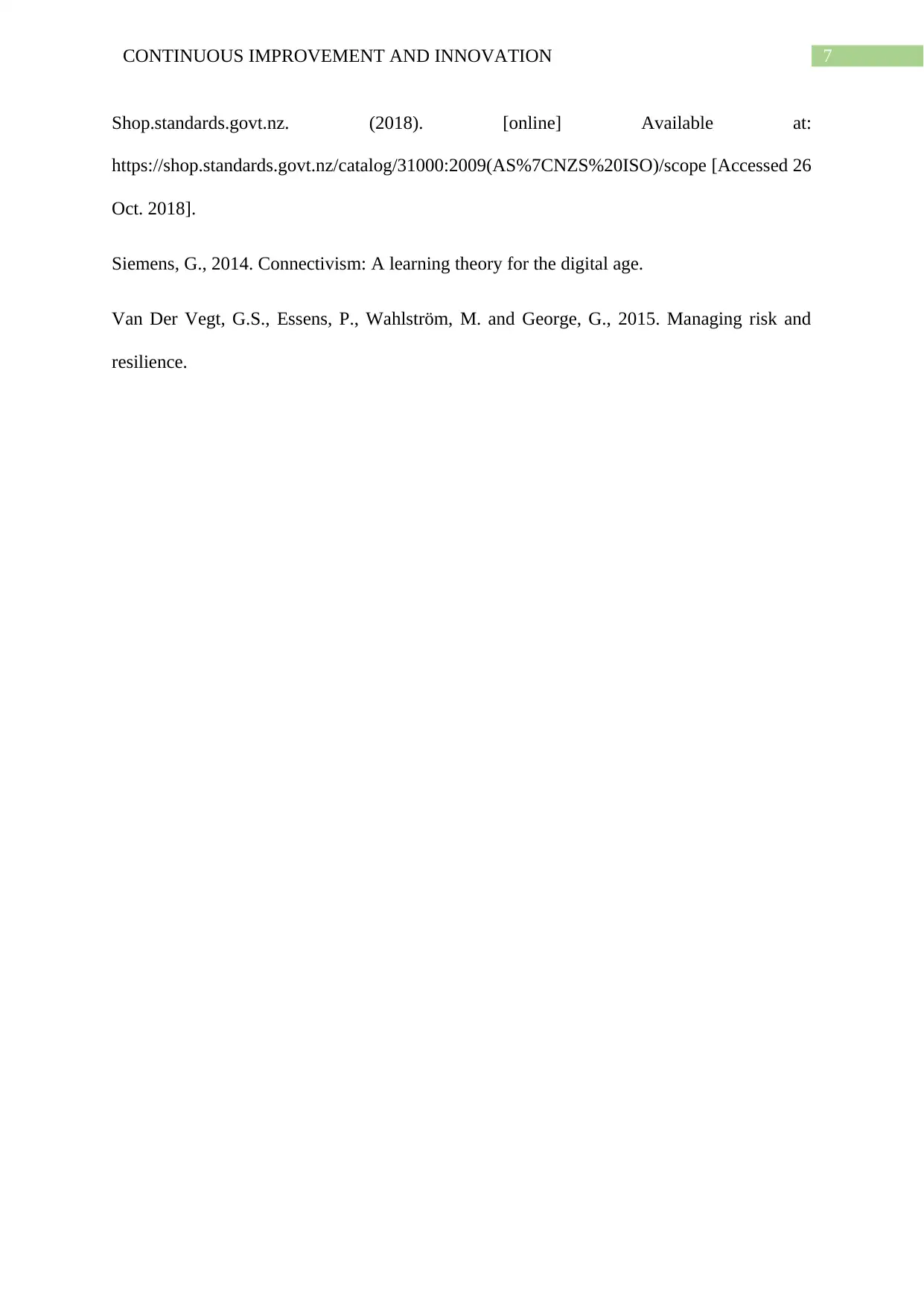





![[object Object]](/_next/static/media/star-bottom.7253800d.svg)